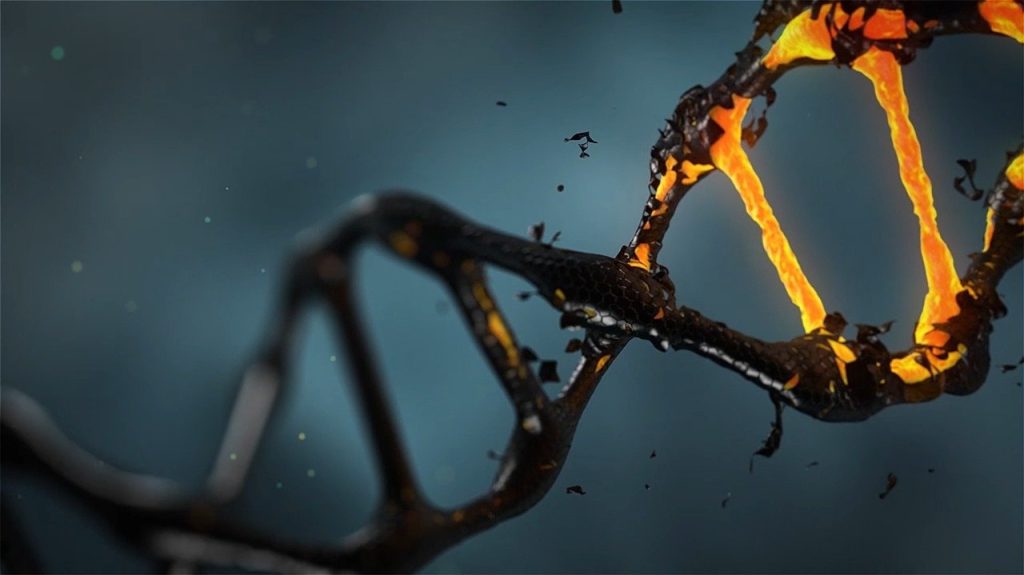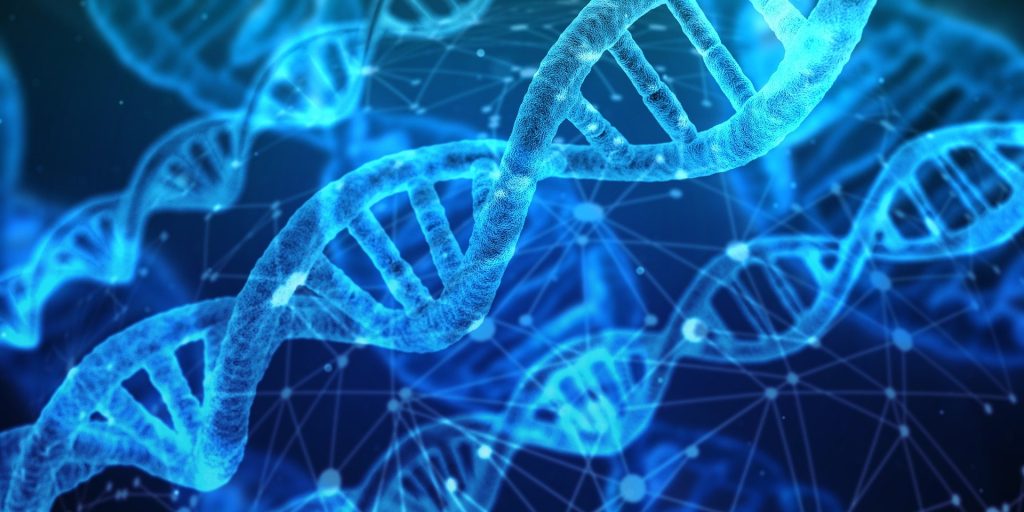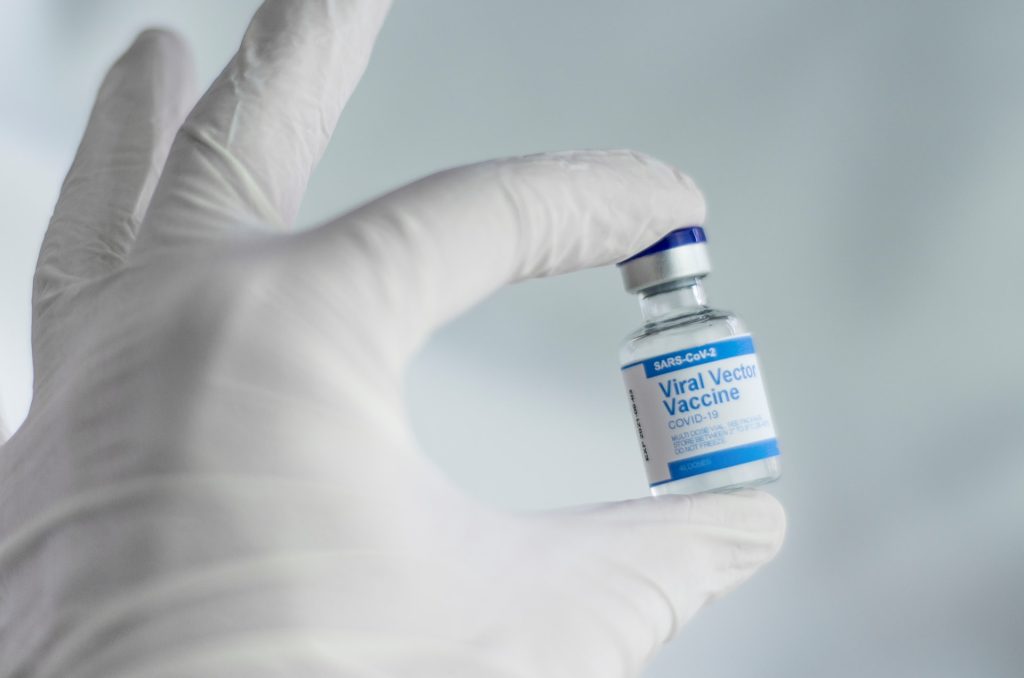Research Reveals Many More Epigenetic Influences on Offspring

New research suggests that epigenetic information, which turns DNA sections on or off, and is normally reset between generations, is more frequently carried from mother to offspring than previously thought. The findings were published in Nature Communications.
Despite not directly altering the DNA sequence, epigenetic mechanisms can regulate gene expression through chemical modifications of DNA bases and changes to the chromosomal superstructure in which DNA is packaged.
These epigenetic changes can be induced through various such as diet and stress. While epigenetic modifications are reversible, it was thought that they rarely remain through generations in humans despite persisting through multiple cycles of cell replication.
Epigenetic changes can be influenced by environmental variations such as our diet, but these changes do not alter DNA and are normally not passed from parent to offspring.
The new research reveals that the supply of a specific protein in the mother’s egg can affect the genes that drive skeletal patterning of offspring.
Chief investigator Professor Marnie Blewitt said the findings initially left the team surprised.
“It took us a while to process because our discovery was unexpected,” Professor Blewitt said.
“Knowing that epigenetic information from the mother can have effects with life-long consequences for body patterning is exciting, as it suggests this is happening far more than we ever thought.
“It could open a Pandora’s box as to what other epigenetic information is being inherited.”
The research examined the protein SMCHD1, an epigenetic regulator discovered by Prof Blewitt in 2008, and Hox genes, which control the identity of each vertebra during embryonic development in mammals. The epigenetic regulator prevents these genes from being activated too soon.
In this study, the researchers discovered that the amount of SMCHD1 in the mother’s egg affects the activity of Hox genes and influences the patterning of the embryo. Without maternal SMCHD1 in the egg, offspring were born with altered skeletal structures.
First author and PhD researcher Natalia Benetti said this was clear evidence that epigenetic information had been inherited from the mother, rather than just DNA.
“While we have more than 20 000 genes in our genome, only that rare subset of about 150 imprinted genes and very few others have been shown to carry epigenetic information from one generation to another,” Benetti said.
“Knowing this is also happening to a set of essential genes that have been evolutionarily conserved from flies through to humans is fascinating.”
The research showed that SMCHD1 in the egg, which only persists for two days after conception, has a life-long impact.
SMCHD1 variants are linked to developmental disorder Bosma arhinia microphthalmia syndrome (BAMS) and facioscapulohumeral muscular dystrophy (FSHD), a form of muscular dystrophy. The researchers say their findings could have implications for women with SMCHD1 variants and their children in the future.
Research is underway on using on SMCHD1 to design novel therapies to treat developmental disorders, such as Prader Willi Syndrome and the degenerative disorder FSHD.
Source: The Walter and Eliza Hall Institute of Medical Research







